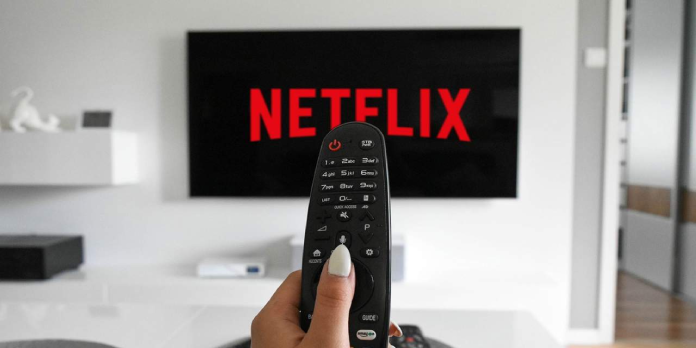Netflix is one of the most widely used video streaming services globally, with tens of thousands of customers worldwide. According to the streaming behemoth, subscribers will soon be able to watch AV1 video material directly to their TVs. The Alliance of Open Media has a royalty-free license for AV1, a high-efficiency video codec. The royalty-free video codec was made feasible, according to Netflix, by members of the Alliance of Open Media, of which it is a founding member.
Netflix has been working to deliver AV1 streaming to its consumers since the standard was originally published in 2018. The Netflix Android mobile app users were the first to get access to streaming in the new format in February 2020. Netflix used an open-source software decoder named dav1d from the VideoLAN, VOC, and FFmpeg groups, funded by the Alliance of Open Media, to introduce the new codec on the Android app.
Netflix claims that using AV1 enhanced user experience, especially when network circumstances were less than perfect. However, Netflix is only now planning to start delivering streams in the new format to TVs because streaming to TV requires hardware solutions that take longer to implement, according to the company. Last year, there was a lot of development on hardware to support AV1 streaming, with semiconductor companies introducing decoder SoCs for a variety of consumer electronics products.
Television makers have also released AV1 streaming-capable televisions. A collaboration between Netflix and YouTube is also in the works to build an open-source solution for AV1 decoding on gaming consoles using GPUs.
Netflix claims it has begun broadcasting AV1 to TVs as of November 9 and that using the new format would allow it to provide users with a better experience.
While the new format is now available on TVs, Netflix discusses the obstacles that have to be addressed for streaming to be viable. AV1 is meant to target a wide range of applications, according to Netflix, with multiple encoding tools described in the protocol. That opens up a world of choices for encoding recipes, and it had to figure out which one would best suit its purposes.
Netflix will always encode AV1 streaming video at the highest quality and frame rate that is available. It will create AV1 streaming material in 4K and HFR when it becomes available (high frame rate). Even though the core profile for the codec supports both eight and 10-bit depth, all AV1 streams are encoded with 10-bit depth. According to the company, almost most of Netflix’s movies and TV series are presented in 10 bit or greater depth.
Dynamic optimization is essential for a streaming service because it allows streams to adjust and intelligently allocate bits as needed at the shot level. For example, Netflix may assign additional bits to more sophisticated scenes via dynamic optimization while retaining great picture quality. In basic photos, on the other hand, the same excellent quality is supplied with fewer bits.
Netflix included a stream analyzer in its encoding pipeline to ensure that all AV1 streams are consistent with the standard, guaranteeing smooth playing on TVs. To ensure seamless playing, TVs with an AV1 decoder must have decoding capabilities that match standards. Therefore, Netflix’s encoding technologies team generated unique certification streams to assess decoder capabilities on devices.
Another problem was implementing AV1 at the scale that Netflix requires. Because of the magnitude, the company’s encoding technologies team had to fine-tune its recipe using various methods to find the best compromise between compression and computing performance. Finally, the researchers devised a method for speeding up encoding while preserving compression efficiency. The purpose of the new format is to allow for high-resolution streaming with less obvious quality reductions during playing. Netflix claims it reduced quality reductions by up to 38% in select TVs.
Source: netflixtechblog



